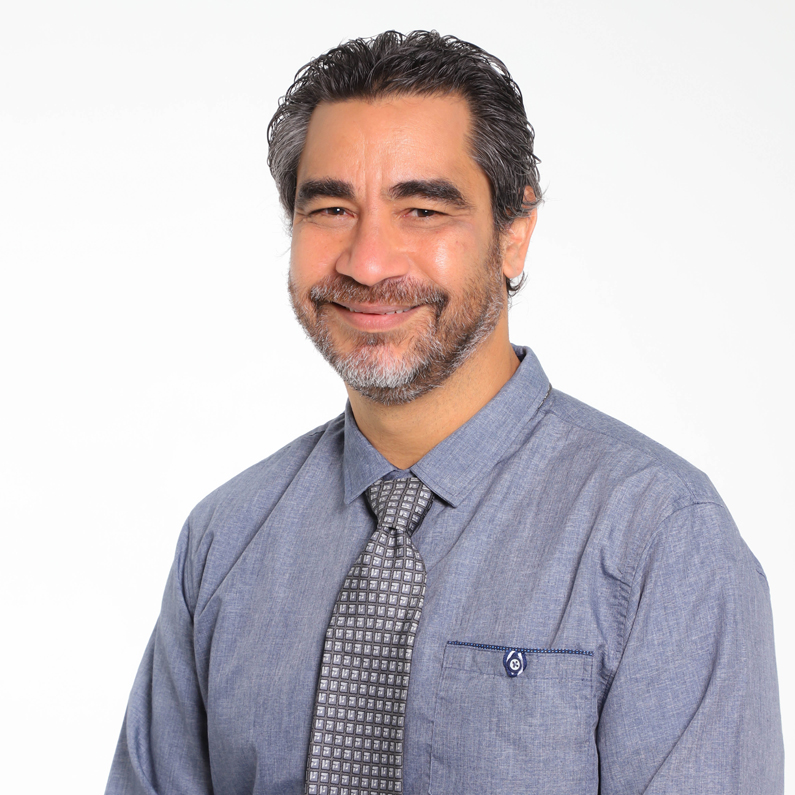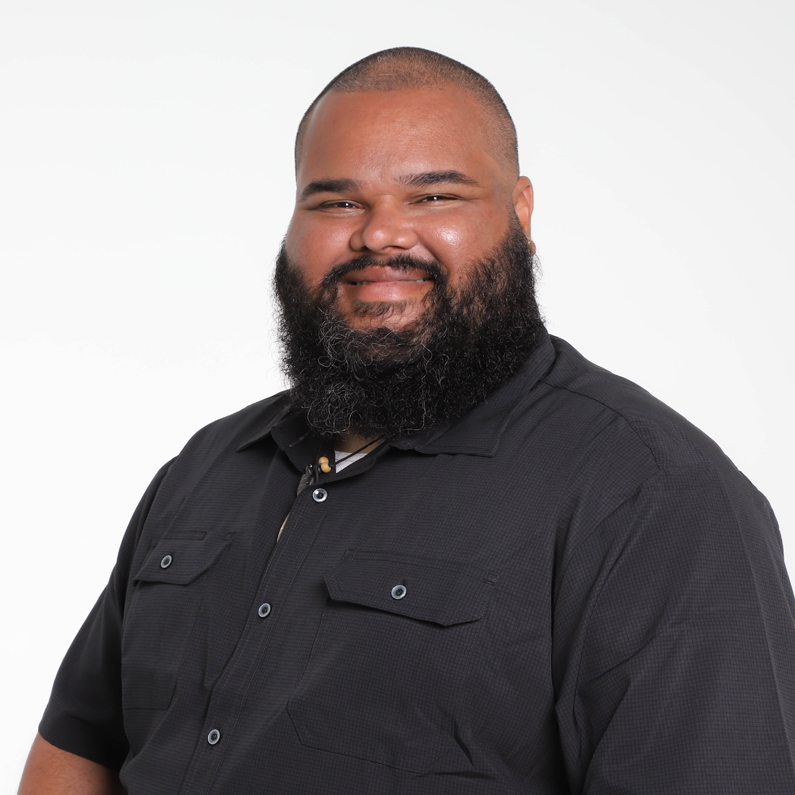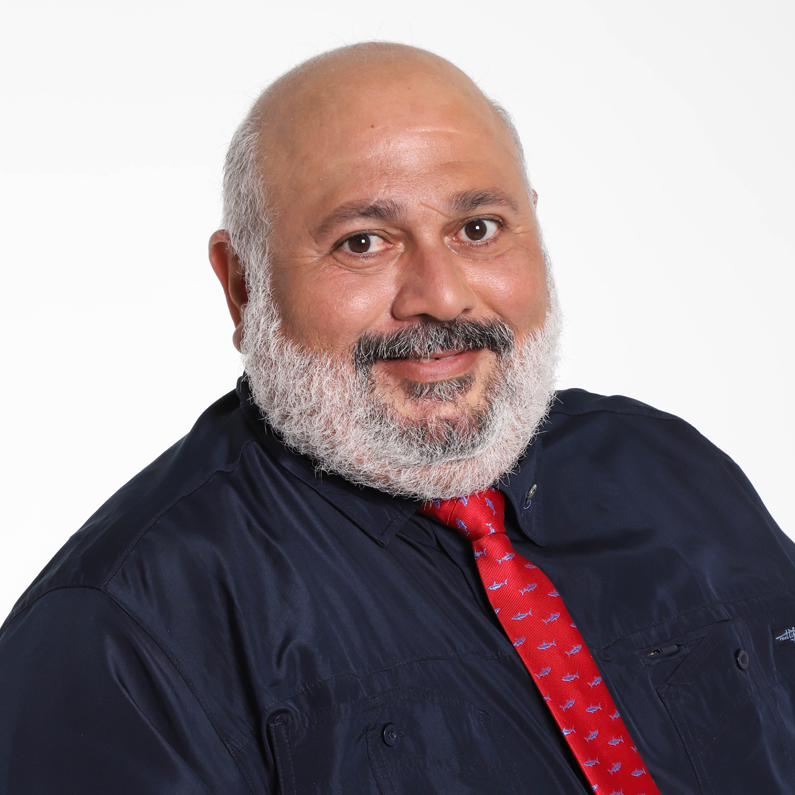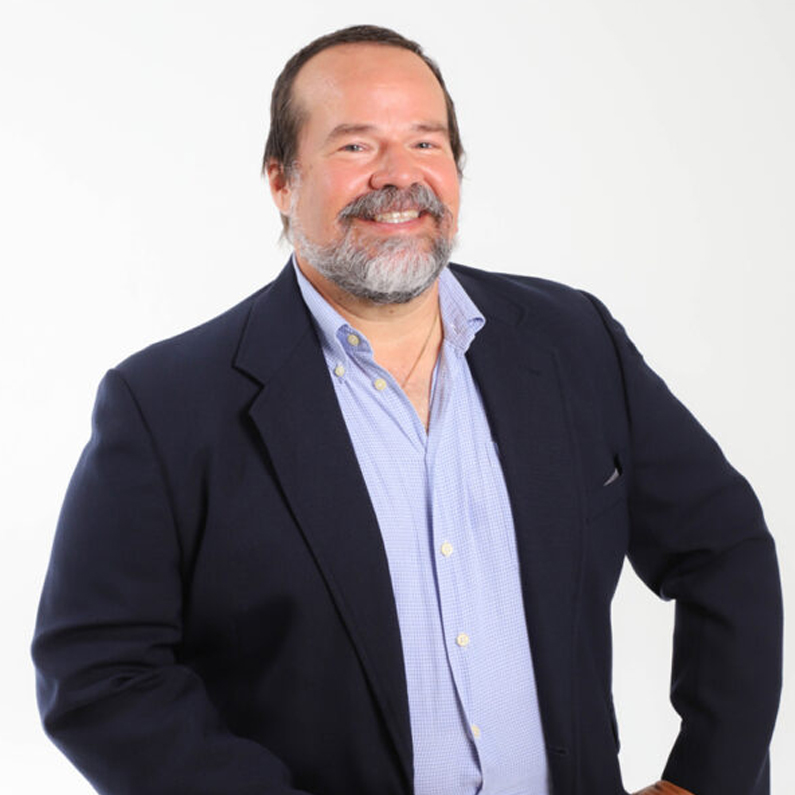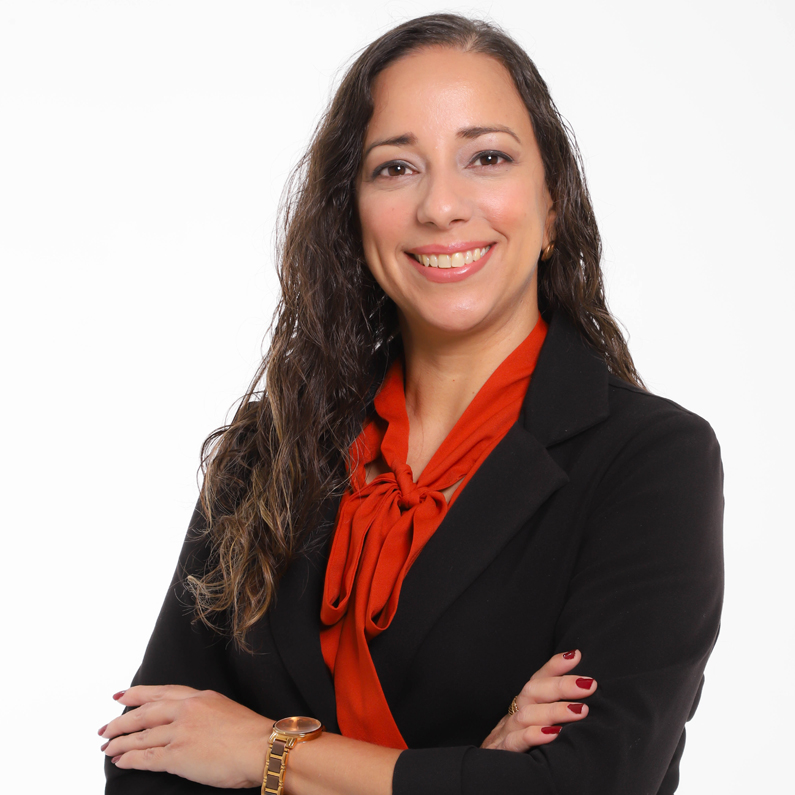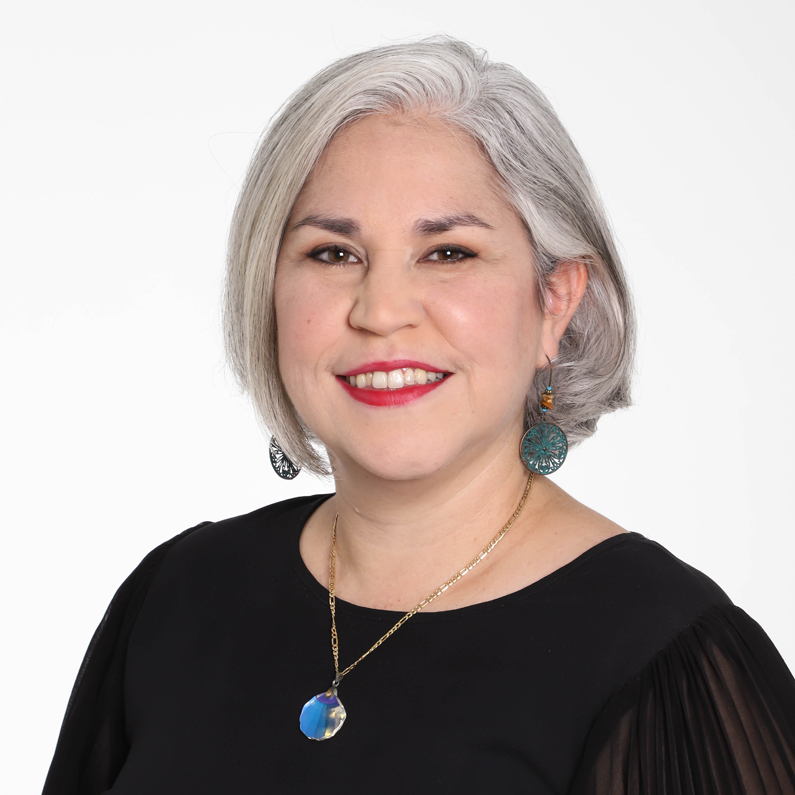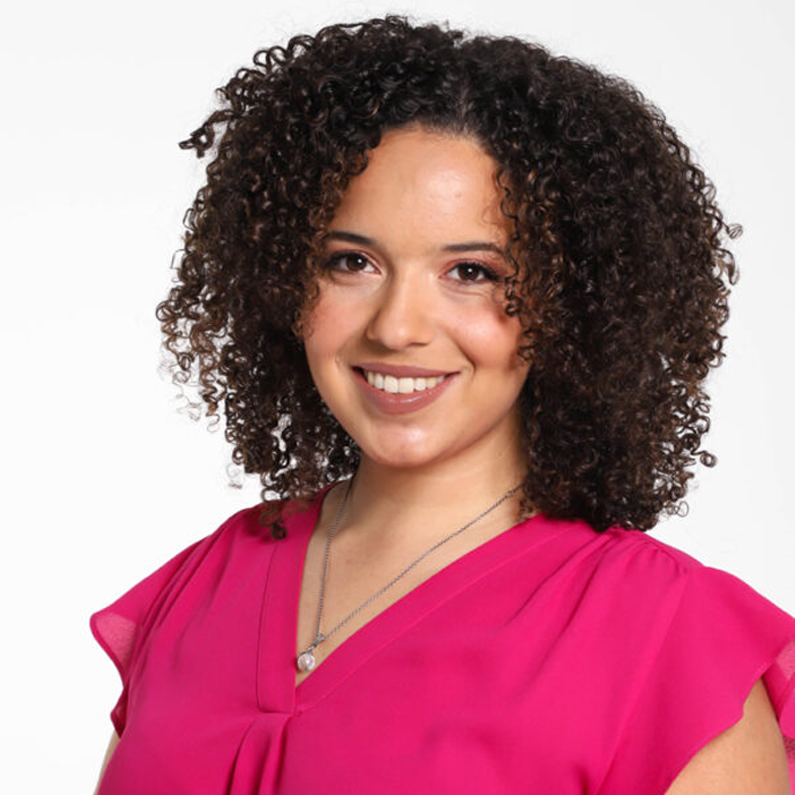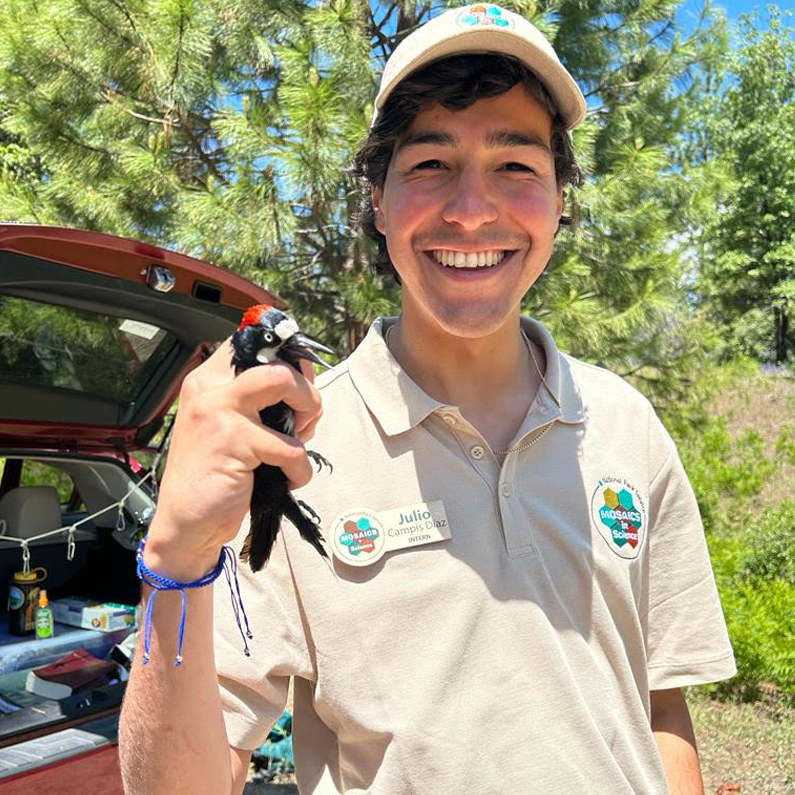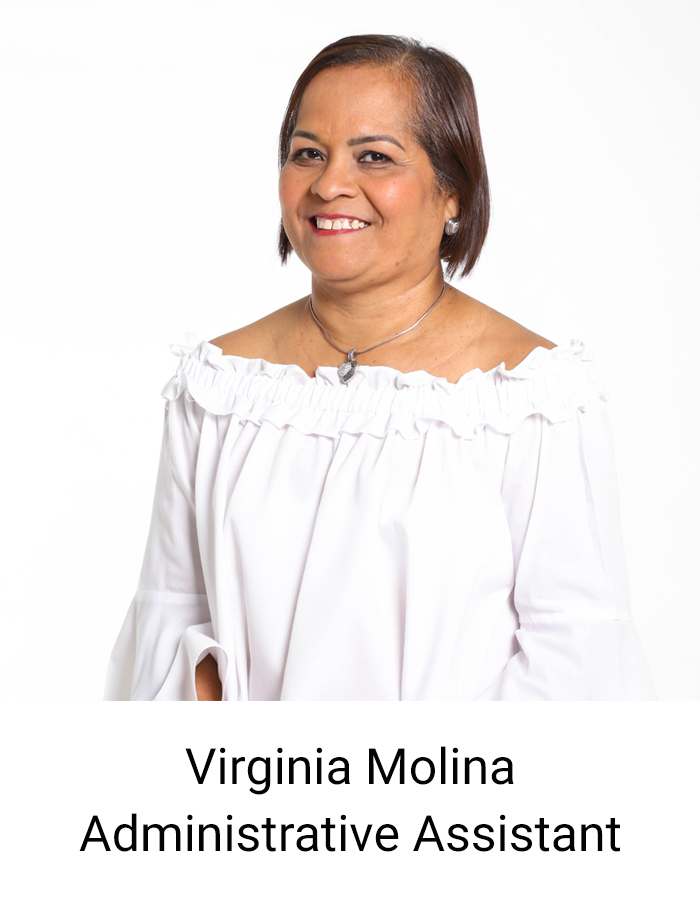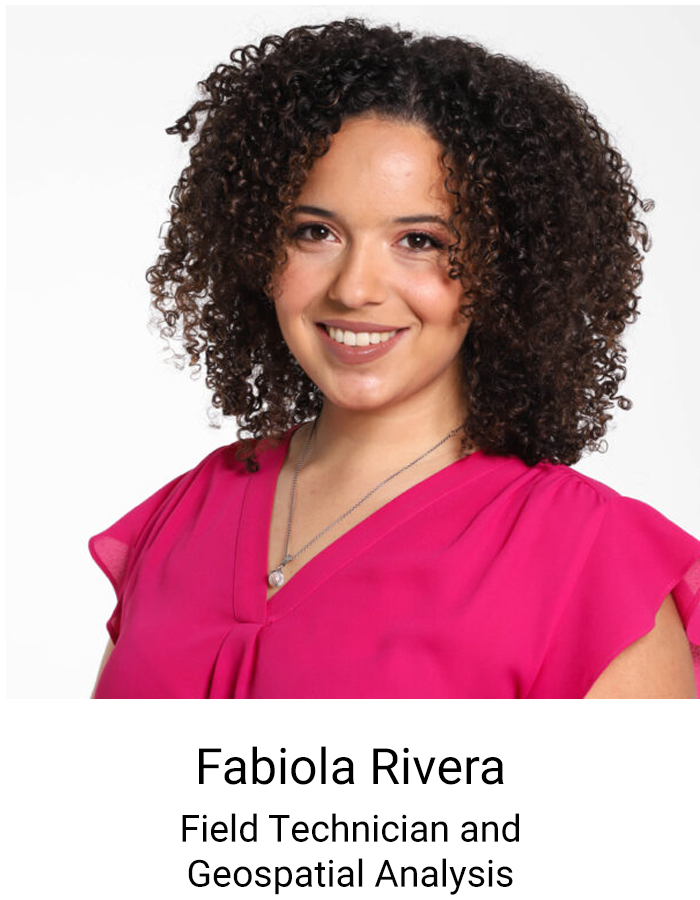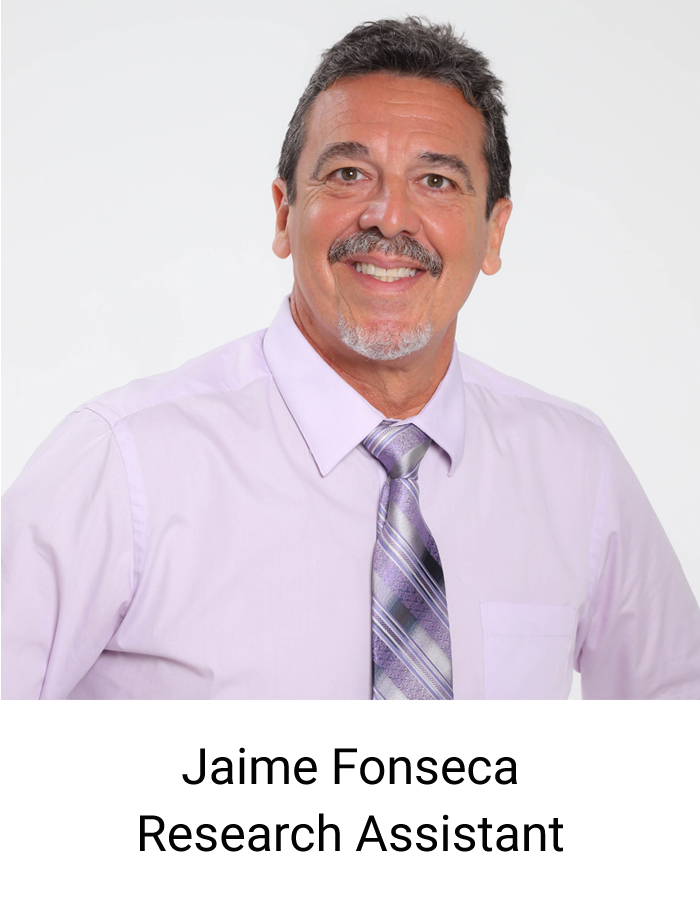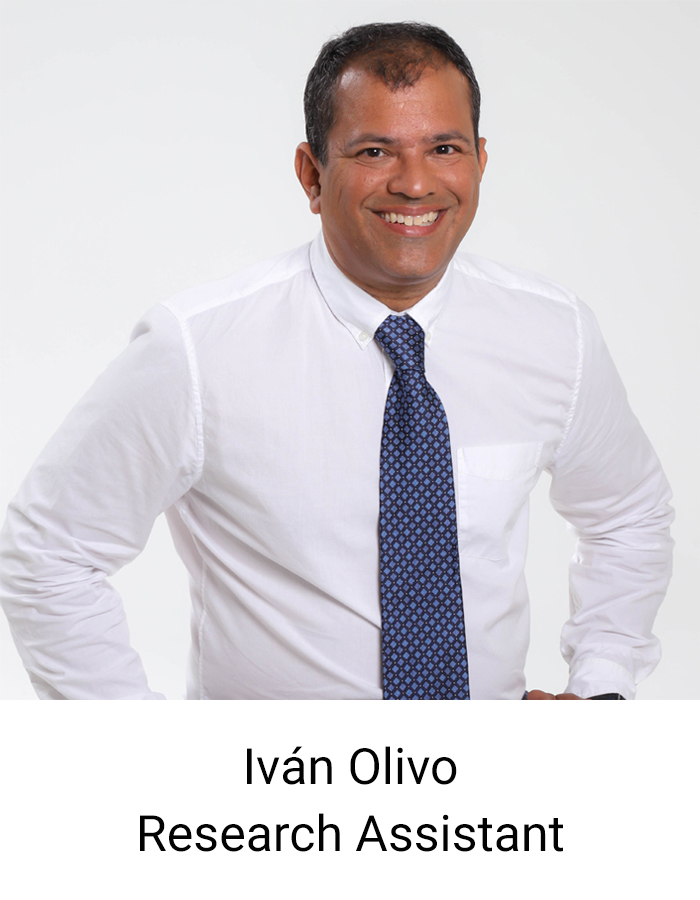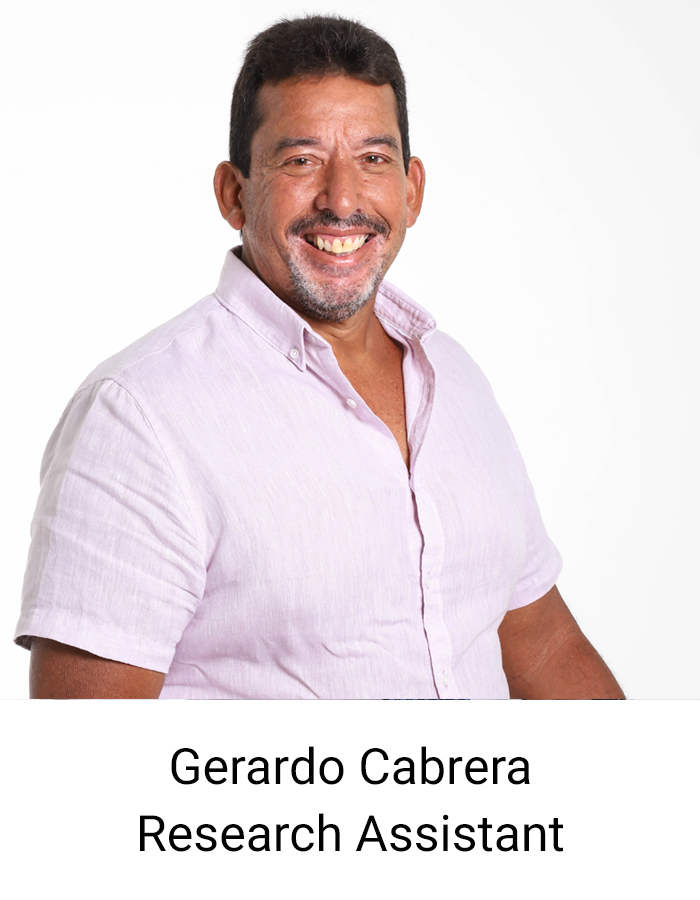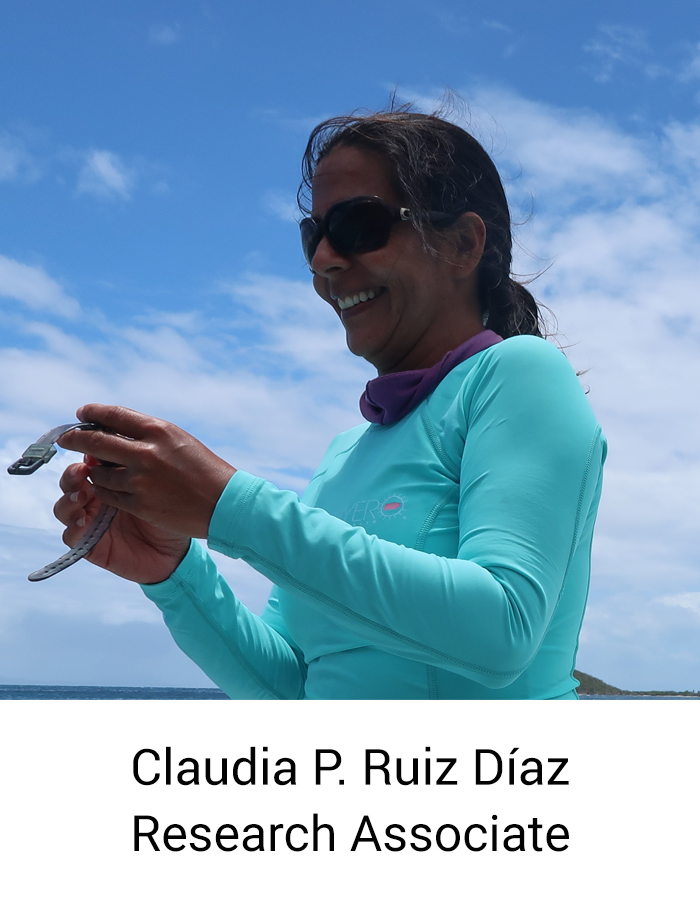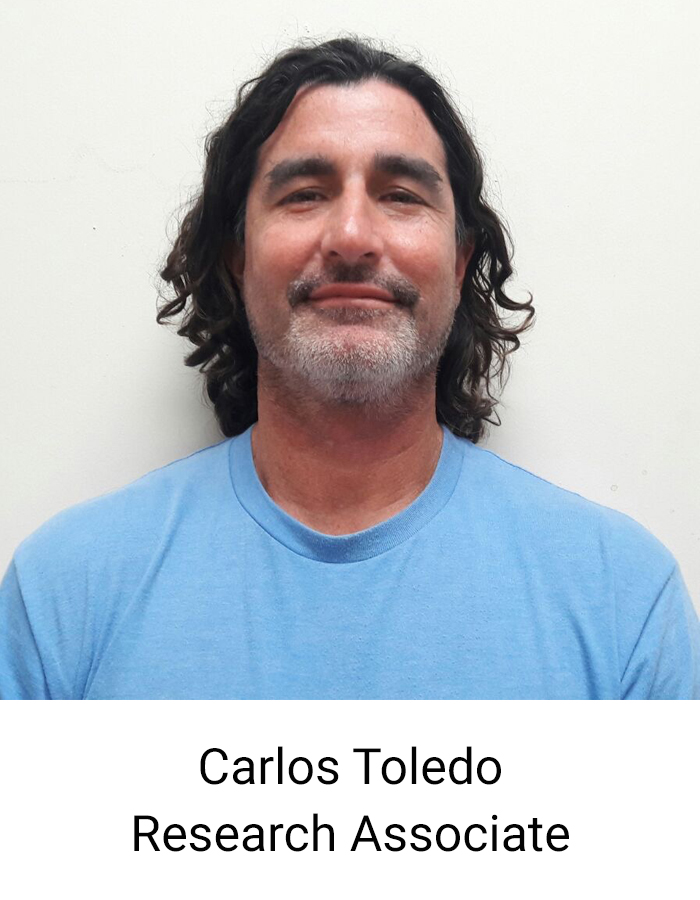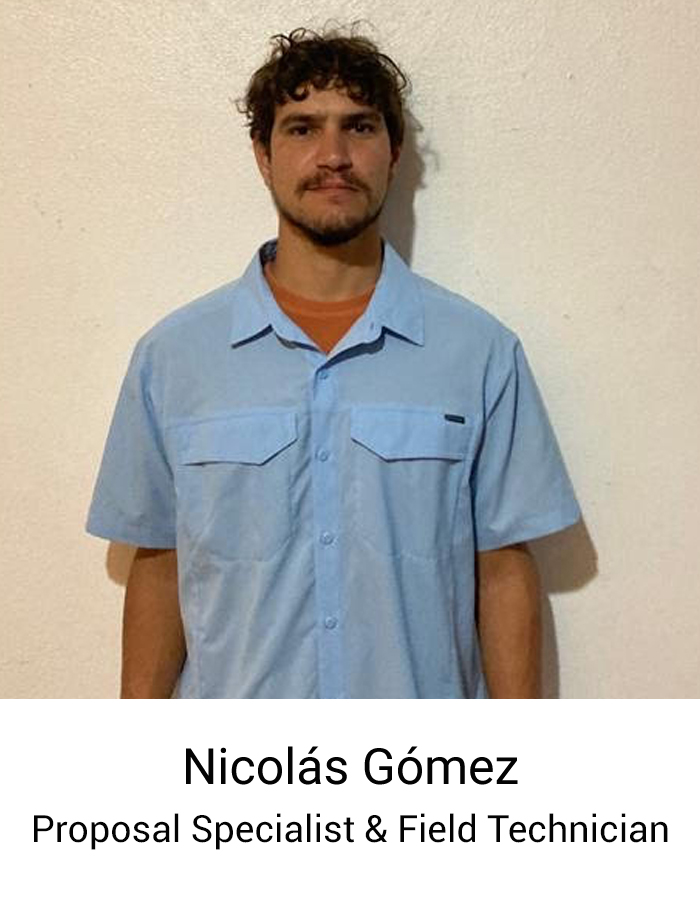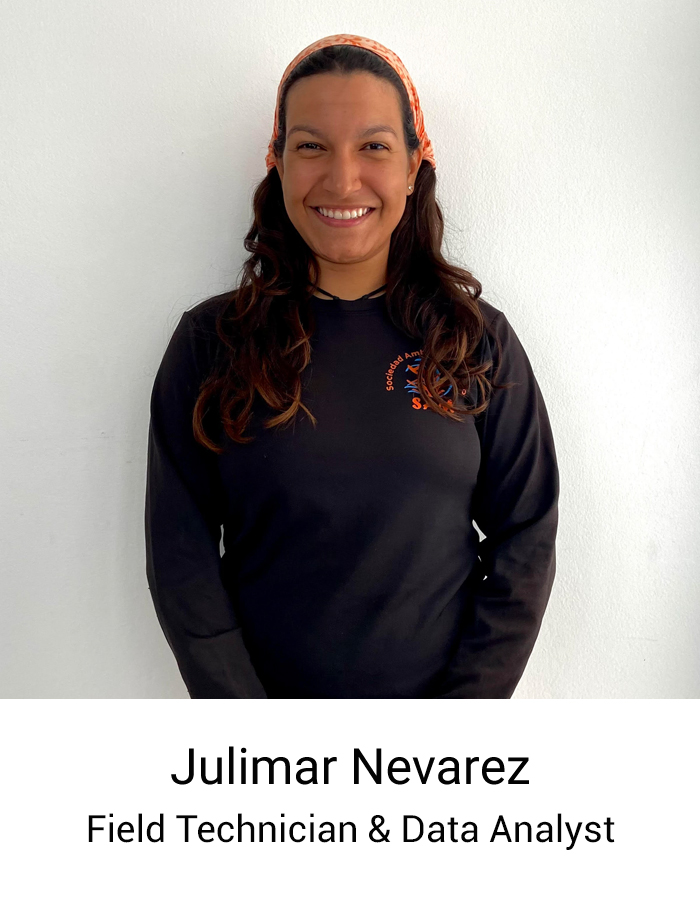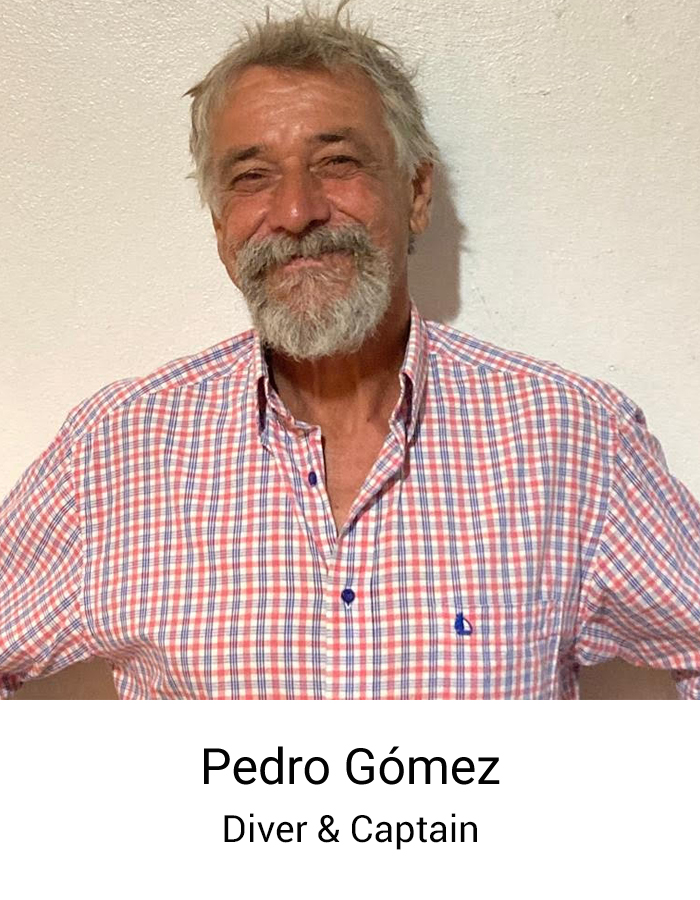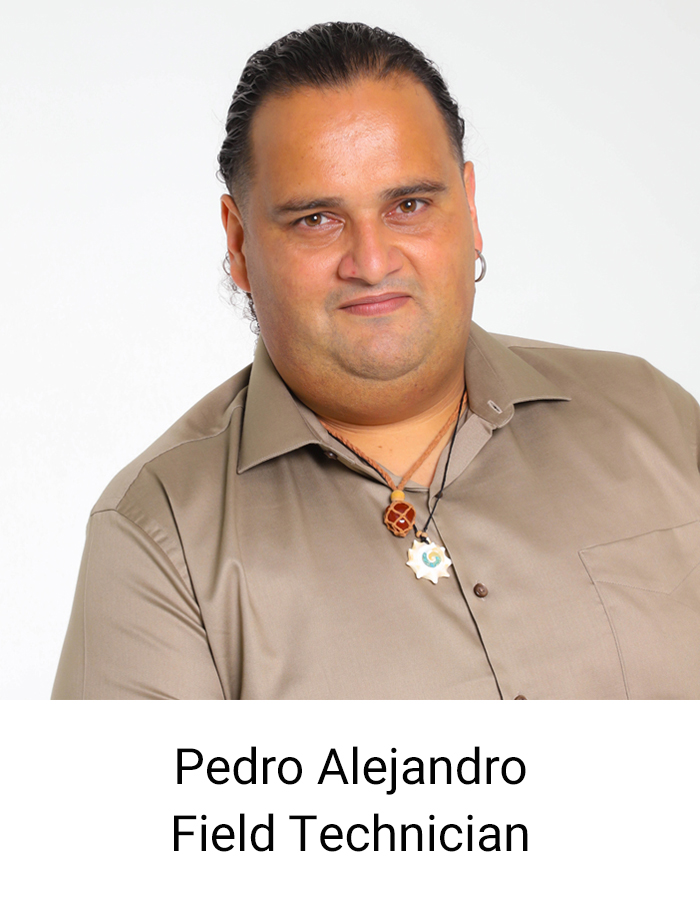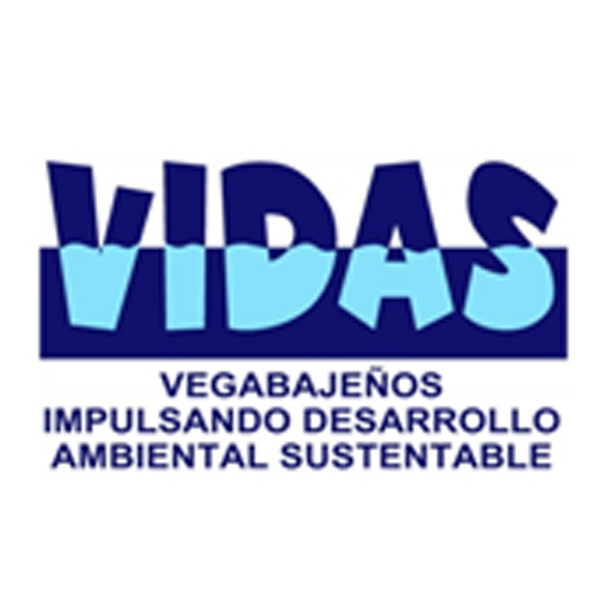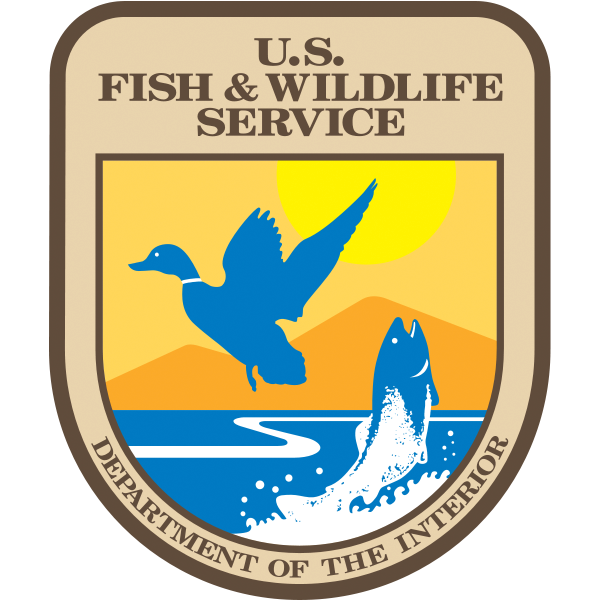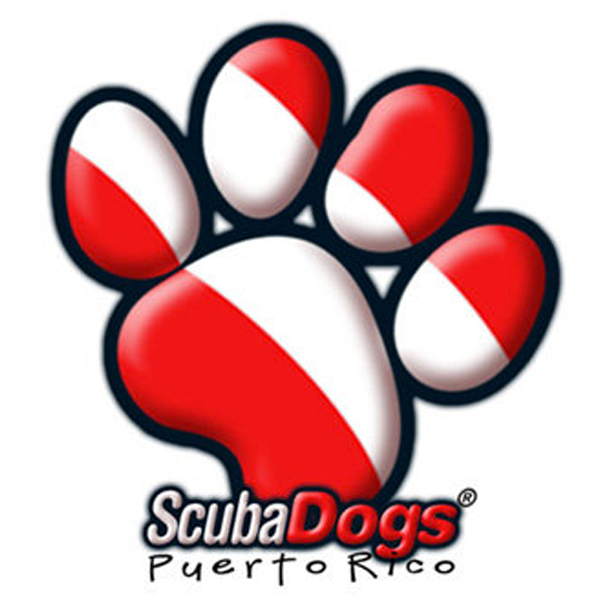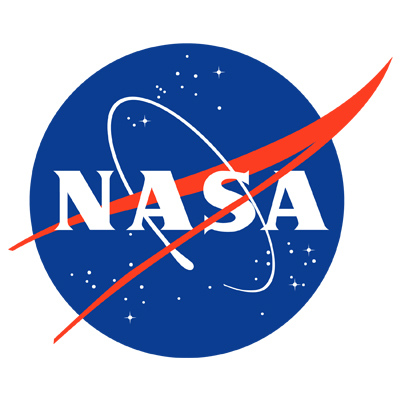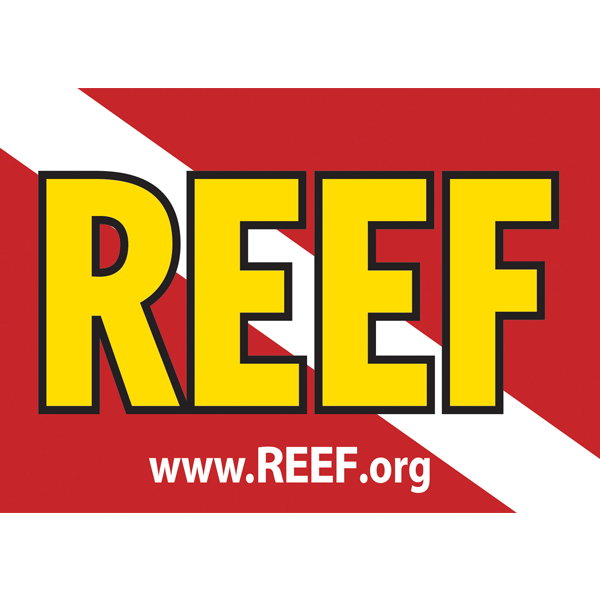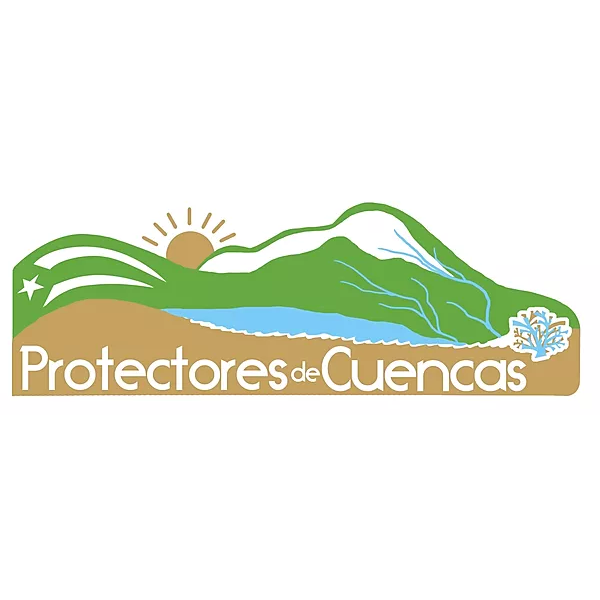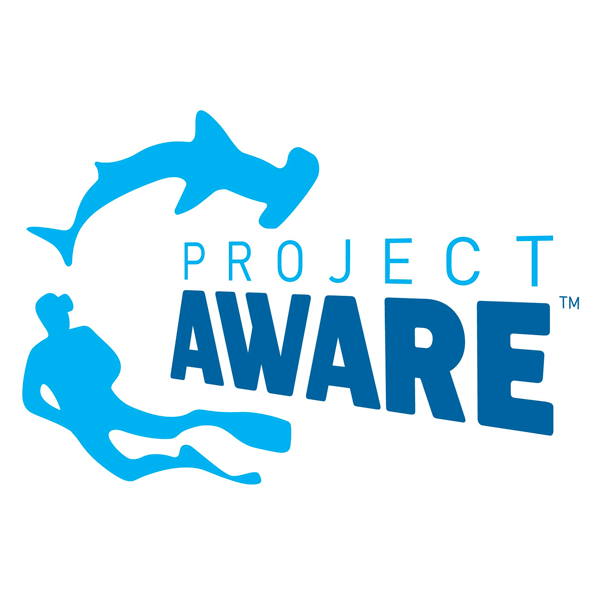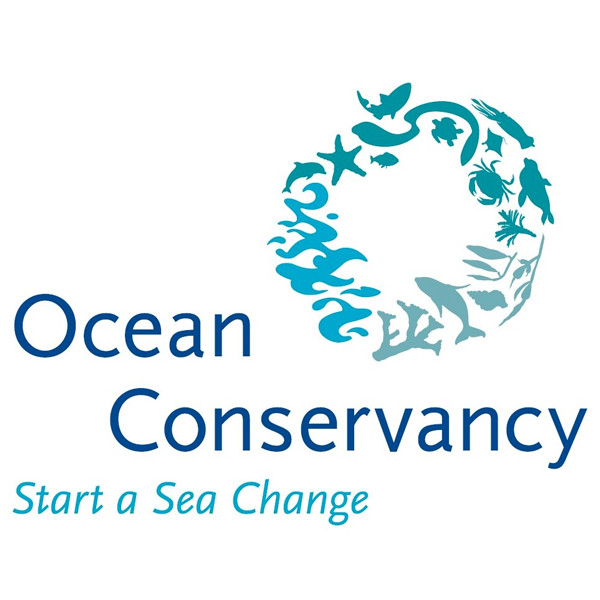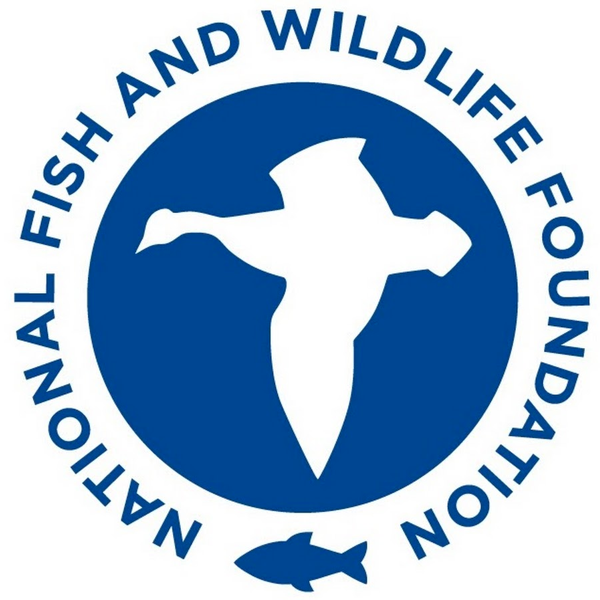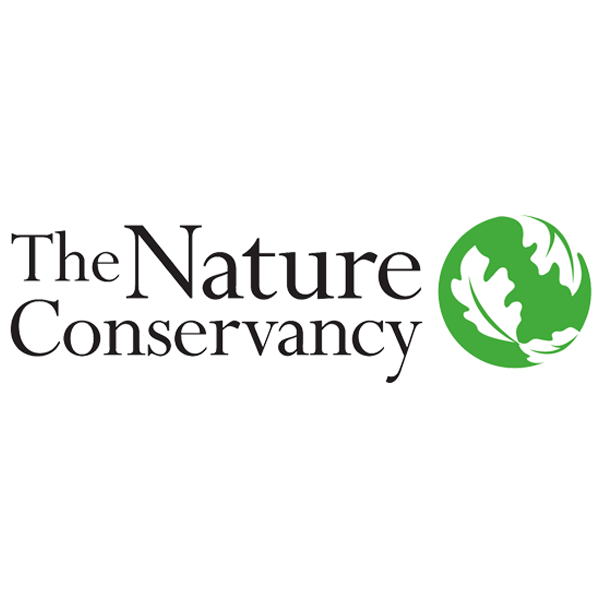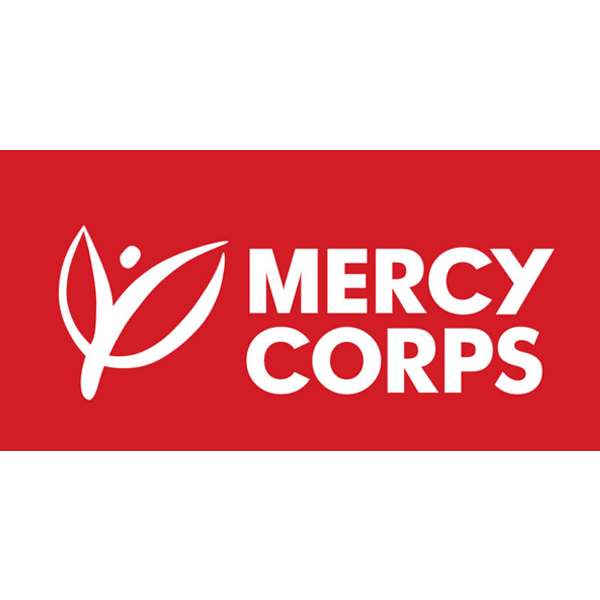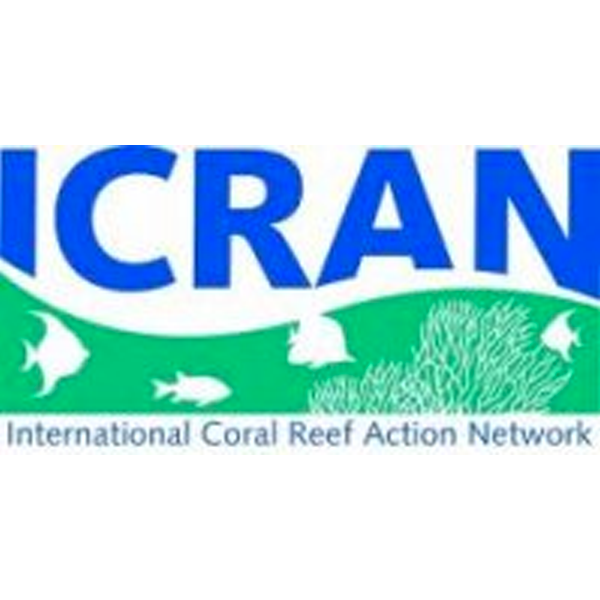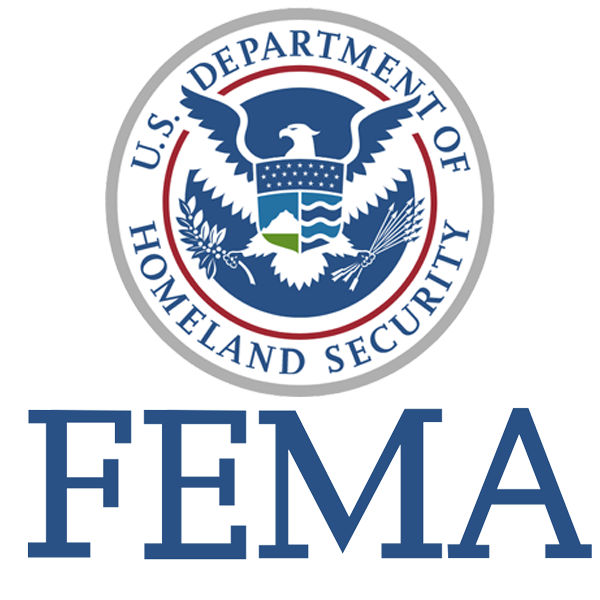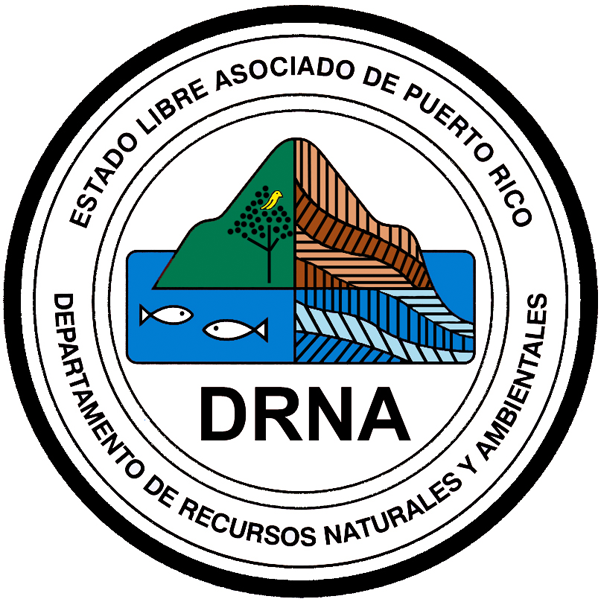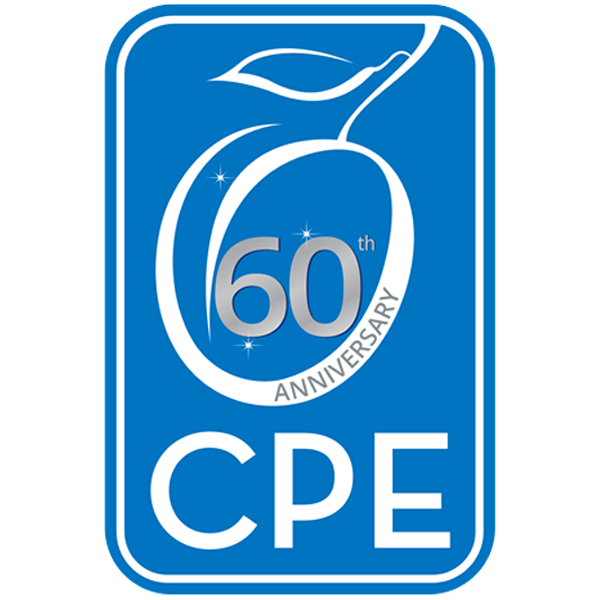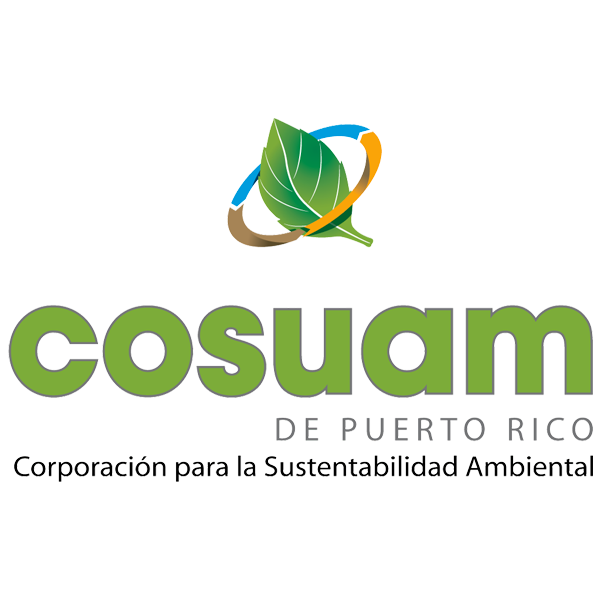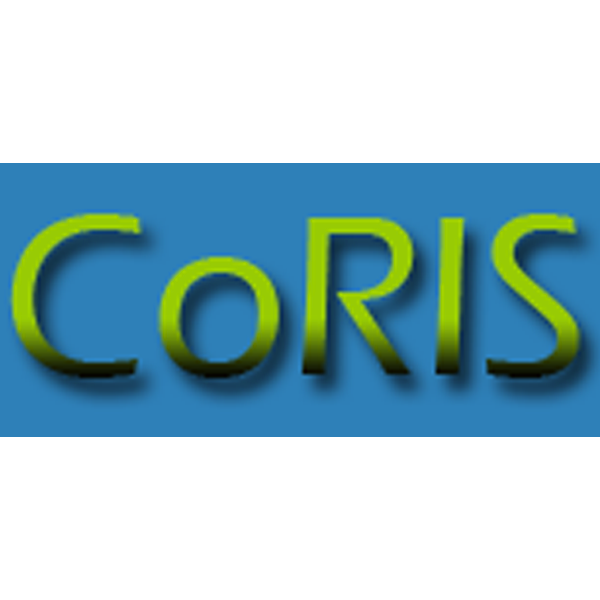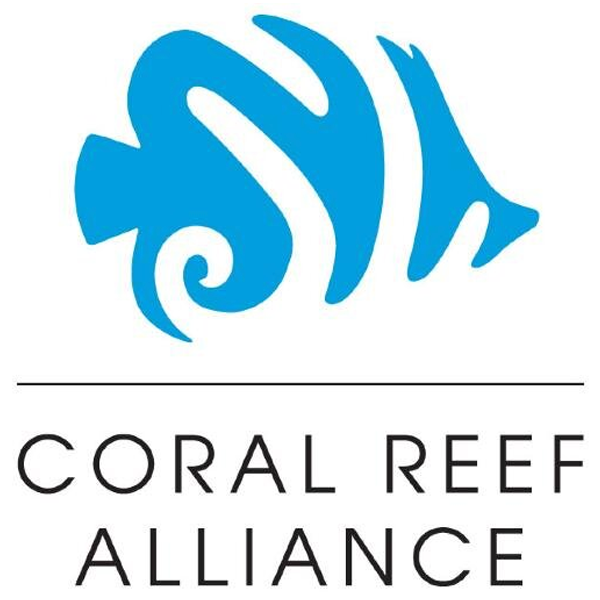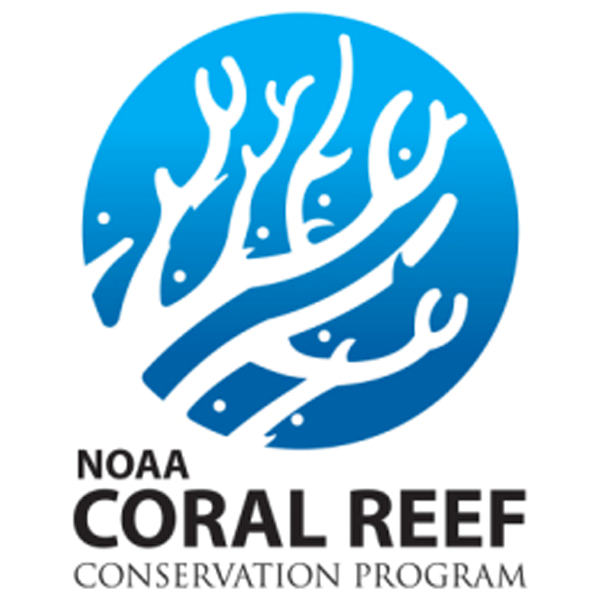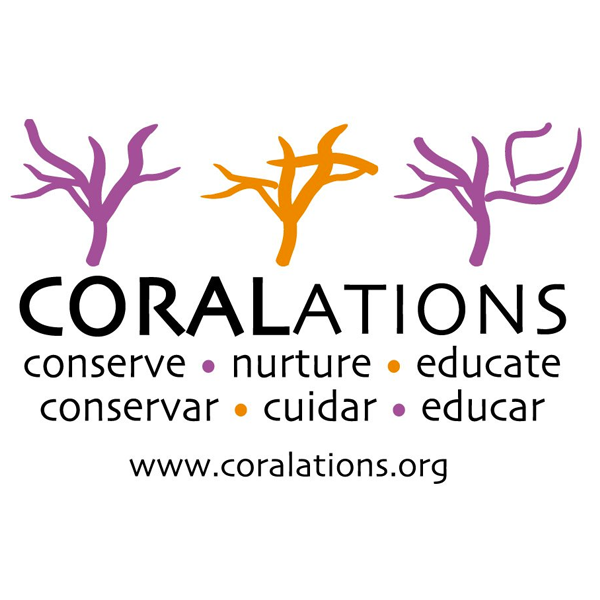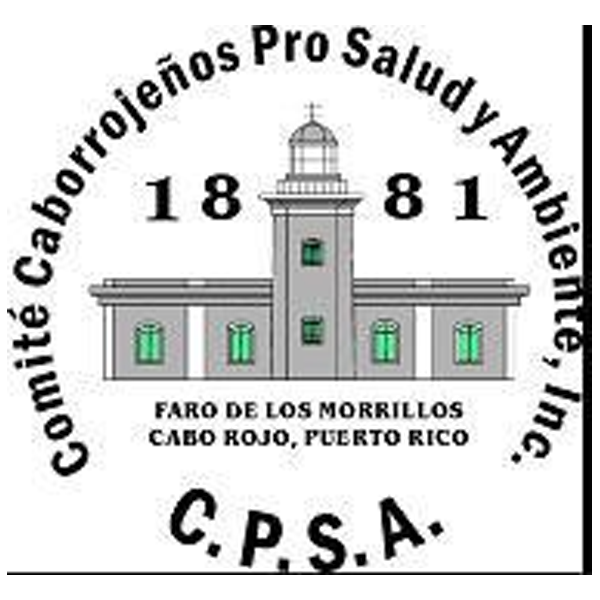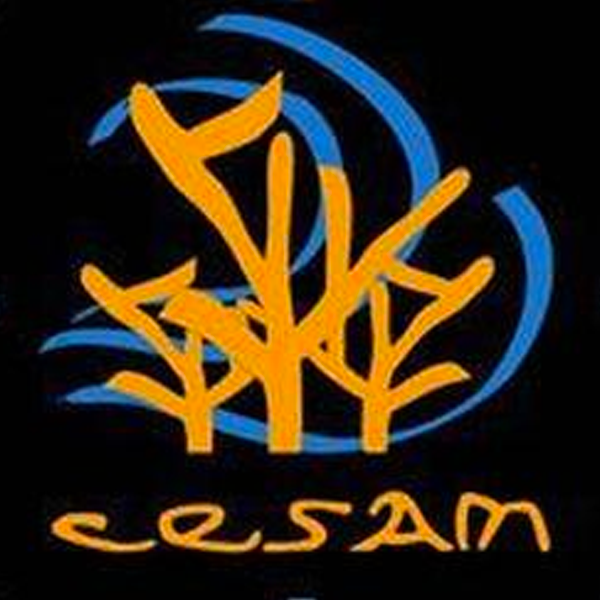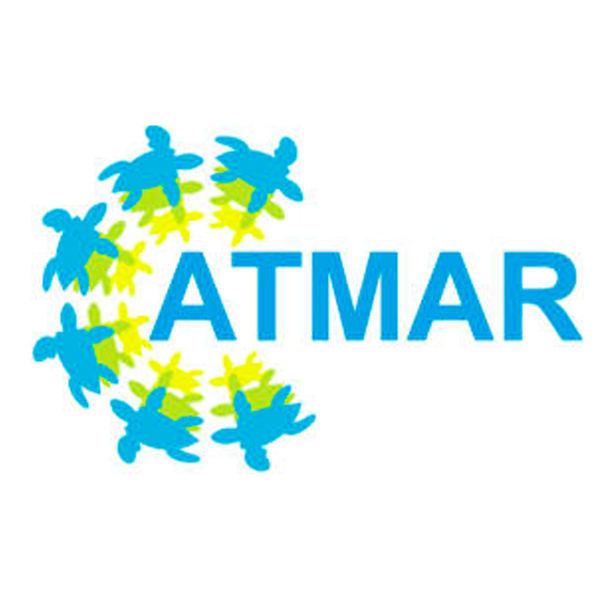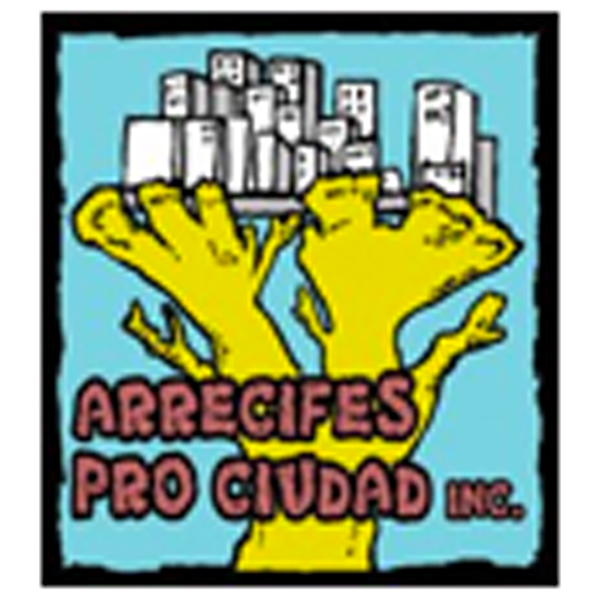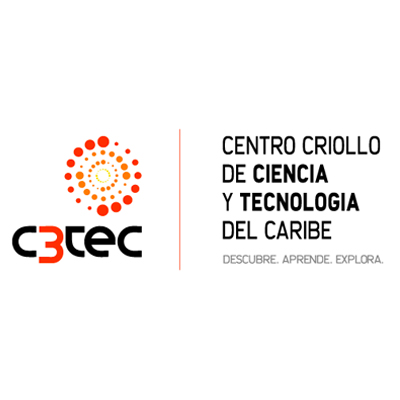“We have over 25 year of experience in coral reef habitat restoration on the island and ocean awareness”
Board of Directors
Staff
Our Students
SAM strongly believes that the best approach to spark interest into the conservation and awareness of our marine environment is through real hands-on experience. Our conservation and education efforts are enriched with the participation of citizens committed to the conservation of our marine resources. More so, essential to our work is the contribution of the student community. Sociedad Ambiente Marino is commited to supporting students in their undergraduate and graduate research projects that contribute towards the understanding of our oceans.
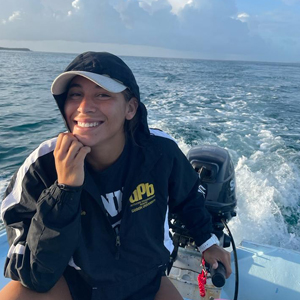
Ileana Calderón Martell
Project summary:
Coral reefs are among the most biologically diverse systems on the planet; therefore, it is imperative to continue finding alternatives to prevent and reduce coral reef degradation. The outplanting of nursery coral has become one of the most effective strategies to improve coral reef health by increasing the chances of coral population persistence. However, there is little information on how coral population enhancement affects other reef-dwelling species. My research thesis will evaluate how the tridimensional structure of coral reefs affects the growth rates of Thalassoma bifasciatum in the island municipality of Culebra, PR.
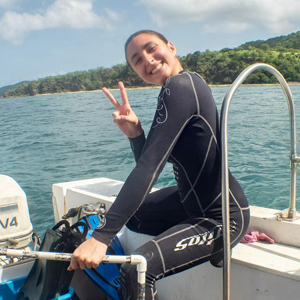
Patria I. Aponte – Marcano
Project summary:
My research aims to address the lack of demographic data in coral restoration efforts, which limits the evaluation of the effectiveness of coral outplannting as a restoration method. Specifically, I will measure the growth, survival, and branching rate of Acropora palmata and A. cervicornis fragments transplanted to the Melones reef in Culebra to develop an adaptive population model that will guide future restorations plants. In addition, I will compare the performance of three coral farm designs to determine which is the most efficient. My project is a collaboration between NOAA and Sociedad Ambiente Marino.
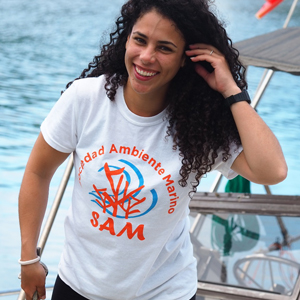
Neidibel Martínez
Project summary:
My research aims to explore new methods to improve the efficiency of coral reefs restoration efforts. Specifically, I will enhance fish population abundance by artificially increasing reef tridimensionality with 3D-printed corals. It is hypothesized that the recovery of fish populations will reestablish essential reef ecosystems processes such as nutrient cycling and grazing, which will contribute to the successful growth and survivorship of coral outplanting. To test this hypothesis, I will evaluate coral demographic performance, changes in the benthic community structure and ecosystems change in carbonate budget, all in response to the ecological facilitation. This project is a collaboration between NFWF and Sociedad Ambiente Marino.
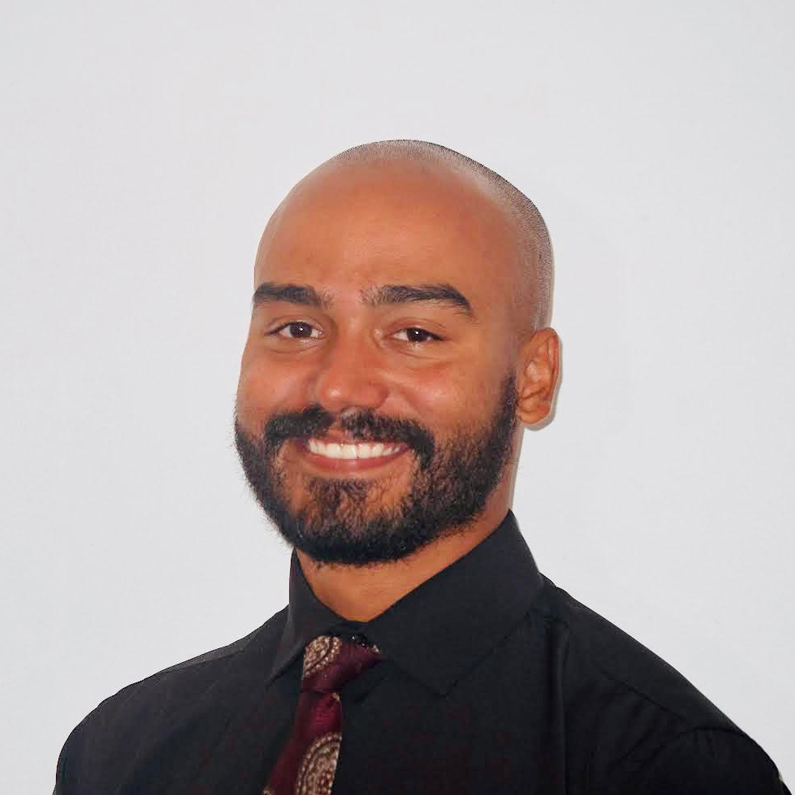
Juan Sánchez González
Project summary:
Seagrass meadows are highly productive ecosystems. They stabilize the seafloor, provide habitat for many marine organisms, maintain water quality, and support local economies, amongst many other functions. Unfortunately, there is worldwide seagrass loss resulting from impacts such as reckless boating, irresponsible fishing, coastal construction, and higher occurrence of natural events such as hurricanes. Restoration efforts’ effectiveness has increased in recent years but has been mainly limited to small-scale success. Sociedad Ambiente Marino has taken on restoring two acres of local seagrass meadows in the Caribbean Island of Culebra, Puerto Rico, as part of NOAA’s Seagrass-Coral Reef Continuum Grant. I will optimize this by studying how seagrass plug arrangement and placement affect restoration time and fish aggregations. I will also investigate how the invasive seagrass Halophila stipulacea might hinder restoration efforts and identify viable options to mitigate the possible negative interaction.
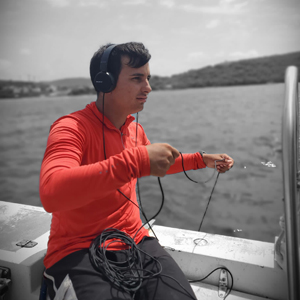
Jeremy Velázquez
Project summary:
My research will center on recording coral reef soundscapes as a tool to understand these ecosystems’ biological processes. Recordings will be analyzed using acoustic measurement indices previously demonstrated to assess the reef’s health and biodiversity. I will use the reef’s ambient sounds to determine the ecosystem health status throughout Culebra coral reef systems. The information will be used to develop better management, restoration, and conservation plans. This project is a collaboration between NFWF and Sociedad Ambiente Marino.
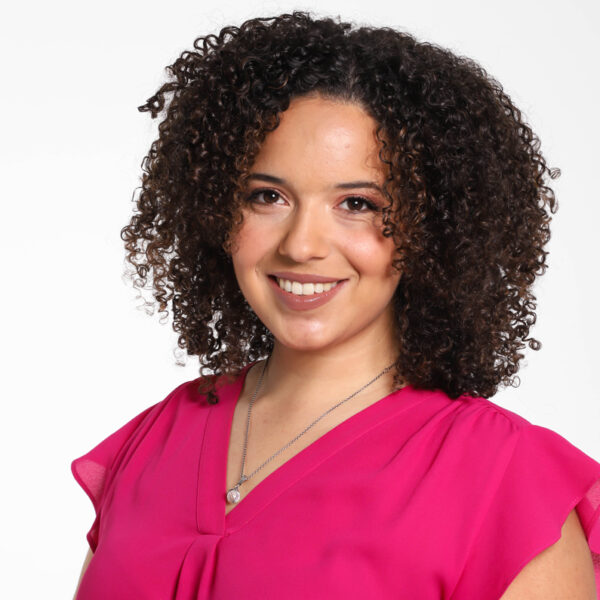
Fabiola Rivera Irizarry
Project summary:
Coral disease outbreaks have become major drivers of worldwide coral cover decline. Such drivers are highly associated with climate change factors such as the increase in sea-surface temperature and ocean acidification, combined with anthropogenic factors such as land-dwelling sources of pollution. The stony coral tissue loss disease (SCTLD) was spotted for the first time in 2014 along the Florida Keys reef tract, and since then, it has spread across the Caribbean. The first sighting in Puerto Rico was in August 2019 in the Island of Culebra, and in November 2019, the first outbreak in this same location occurred. Until today the disease has been sighted along the eastern and north-eastern areas of the Island and has caused the mortality of a significant amount of important reef-building coral species such as the brain coral Pseudodiploria strigosa and the endangered Dendrogyra cylindrus and Orbicella annularis in a considerably short amount of time. This has implications for overall reef accretion, which can affect ecological services such as the provision of seafood to humans and coastal protection from strong wave action, among others. It is thought that SCTLD may be of bacterial origin, given preliminary antibiotic treatments have been administered in different countries with more than 50% success in stopping disease progression. Highly, moderate, and non-susceptible coral species have also been identified. However, given the novelty of the disease, ecological dynamics involving spatial extension, incidence, prevalence, mortality rates along with potential treatments and potential pathogens are still very poorly understood. Our long-term goal is to understand and develop solutions for SCTLD. The overall objective is to provide valuable information to the scientific community and the government of Puerto Rico on how to manage susceptible coral populations to ensure species survival. We hypothesize that SCTLD will continue to negatively affect coral populations from other Puerto Rico and the Caribbean areas. This is why it is crucial to understand disease behavior. I intend to integrate demographic and spatial analyses and experiments involving possible antibiotic treatments and water quality influence.
Our Partners
“Sociedad Ambiente Marino has proudly collaborated over the years with multiple organizations, from both the nonprofit and private sector to government institutions.”


